This is Real World PBL
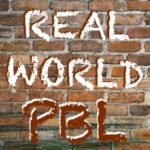 Now we’ve been down the PBL highway, looking at PBL planning, entry events, supports for PBL, culminating events, and technology tools. It’s time to examine at what PBL looks like when educators stop being polite and start getting real: this is PBL in real classrooms.
Now we’ve been down the PBL highway, looking at PBL planning, entry events, supports for PBL, culminating events, and technology tools. It’s time to examine at what PBL looks like when educators stop being polite and start getting real: this is PBL in real classrooms.
Let’s start with Courtney Elliott’s fourth and fifth grade class at Proctor Elementary School in Proctor, Vermont. Elliott’s first PBL unit was designed to teach students how to do PBL, while also addressing Next Generation Science Standards. She tiered her approach to build responsibility in the project and to provide supports on the way.
Planning a PBL unit about extreme weather
Here’s the driving questions that built on science content and student independence:
- How do different climate zones respond to extreme weather?
- What challenges does each climate zone face?
- How can that climate zone be best prepared for extreme weather?
During her planning, Elliott identified several goals for her students:
- Next Gen. Science Gr. 3-5 : Earth and human activity ( weather hazards)
- Math: Estimation. graphing, and measurement
- Literacy: informational reading and writing
- Summarize the points a speaker makes and explain how each claim is supported by reasons and evidence.
- Social Studies: Mapping and geography ( Climate Zones)
- Habits of work: Respect, participation, and work completion
- Transferable skills: Collaboration, Effectively speaking, Technology use, Researching, Speaking and listening
Entry events for the extreme weather PBL unit
One of Elliott’s entry events were a series of animated videos. Students loved these, and could re-watch them anytime on the Padlet Elliott created for the project. This allowed students to visit curated resources and not get lost, overwhelmed or distracted by other things on the internet.
Field trip as PBL entry event
A major entry event for the unit was this trip to see Vermont news station WCAX. During the project, students referred back to this experience frequently. It gave them several things important to successful project-based learning:
- real-world relevance
- examples of careers
- models of how information is shared
- and a connection to their local and statewide communities.

Enter direct teaching:
Students had several mini-lessons along the way during this PBL unit. Direct teaching usually happens “just in time” for it to be relevant and timely for students, so it sticks and makes sense. Direct teaching sometimes happens from student to student, which helps it feel authentic and meaningful, or teacher to a small group of students. In this case, Elliott taught the class how to find a high quality informative website, and these researchers were able to reflect on this learning in the video below, and share their research tips with a wider audience.
Elliott provided supports for the PBL in the form of a Padlet, adding resources and supports for students along the way. This served to ground students and focus them on curated resources and next steps.
Reflection is easy to miss and skip in PBL, but is vital to student learning and growth. Elliott was able to do several reflections with students that went beyond a typical written journal response.
Here students are reflecting about the extreme weather PBL unit that day on sentence scripts.
Students also reflected in some video interviews, like this one below:
So what did the students actually do?
Based on the climate zones they studied in groups, they created projects such as:
- Each student wrote an informational piece about their climate zone.
- A First Aid Kit that people who live in tornado climate zones should keep in their homes, along with safety tips for tornados in a public service video.
- A model of a hurricane proof home and recommendations for homes in hurricane climate zones.
- A model of a volcano and tips for people who live near dormant or active volcanoes.
Students were assessed in several ways:
- Rubrics broken into into sections
- Content
- Oral presentation
- Written work
- Collaboration
- Students self-assessed on the rubric and then met with me to discuss if needed or filed away in data folders
Next time her goal is to have students help design the rubric– to co-construct with their feedback.
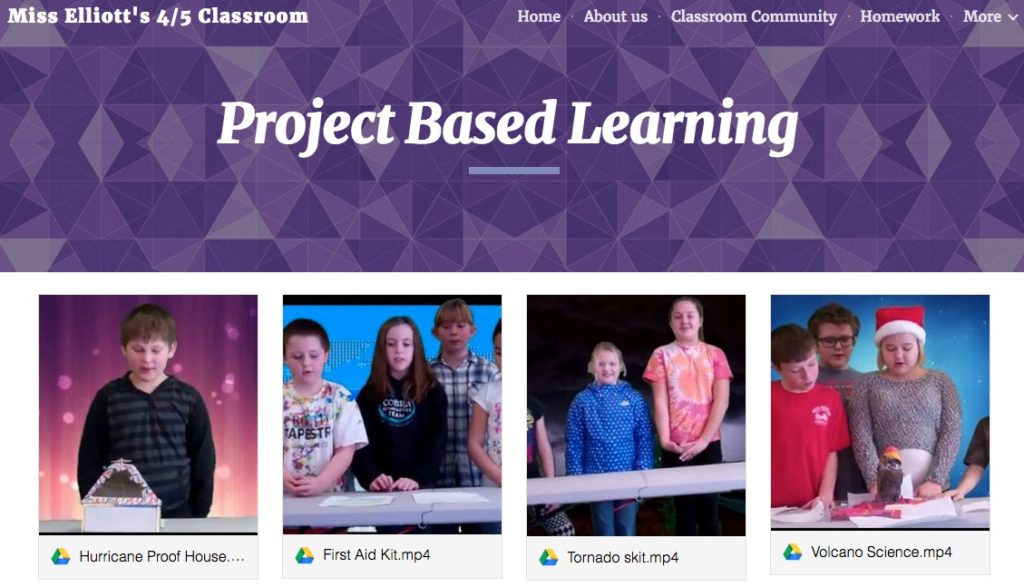 Students then turned their projects into public service newscasts using a green screen.
Students then turned their projects into public service newscasts using a green screen.
They learned how to create scripts for a newscast, practiced their public speaking and reporting skills, recorded their videos in front of a green screen, and then edited the resulting newscasts using WeVideo. Elliott posted the students’ final products to the class website as an authentic audience. She also sent them directly to weatherman Gary Sadowsky at WCAX, who the students adored and look forward to hearing back from.
Wrap up reflection
At the end of the unit, Elliott led a reflection circle about the project. She asked:
- What was the most challenging about this work?
- How could I as the teacher do to make the experience better?
- What would you change about it?
She will then take this feedback and apply it to her next PBL unit. This is what student-powered, co-created PBL looks like. Kudos to Elliott for diving into PBL with enthusiasm which translated directly to her students.
She says:
“I think the biggest impact PBL has had on my students is that it has made them more eager to learn. They feel that they are the teachers and they have control over what information is important to be taught to someone else. It really encouraged critical thinking for my students.”
And who doesn’t want that?
Are you doing a PBL unit with your students? Want to share your Real World PBL with us?
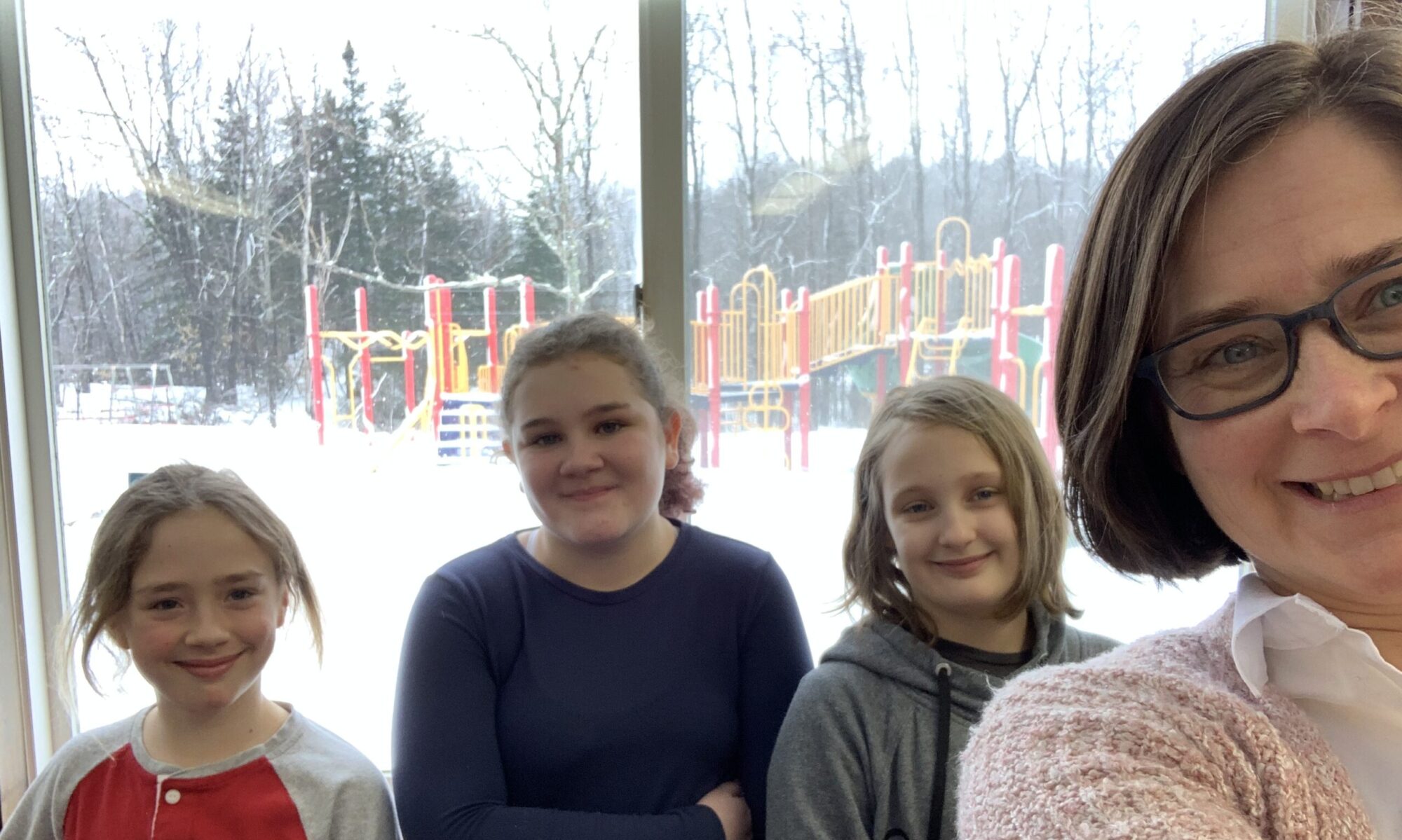

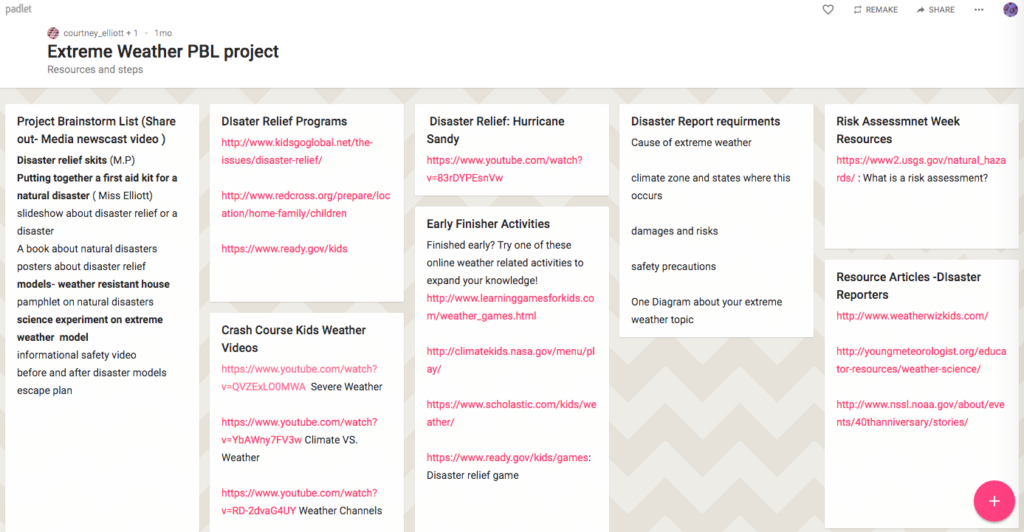
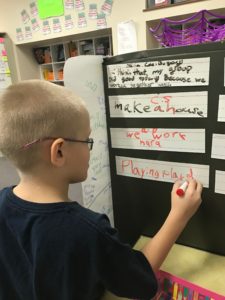
2 Replies to “Project-based learning: Extreme weather PBL unit”
Comments are closed.